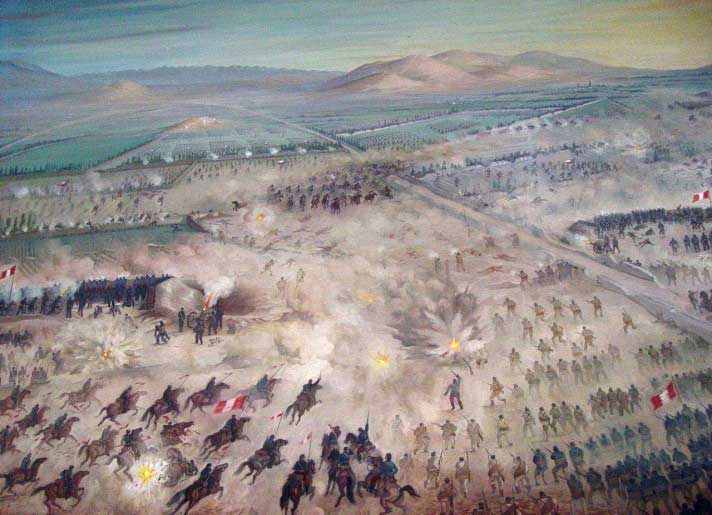The War of the Pacific, a significant conflict that took place between 1879 and 1884, had lasting effects on South America. Chile, Peru, and Bolivia were engaged in a struggle for control of areas rich in nitrate resources on the Pacific coastline. The war led to major border modifications and created enduring rivalries between the participating nations, shaping the region’s history for years to come.
The strategic importance of the Atacama Desert, with its abundant nitrate resources, was a key factor in triggering the War of the Pacific between Bolivia and Chile. Bolivia, which then controlled the Pacific coastline territory, imposed higher taxes on Chilean companies extracting mineral resources in the region. This economic competition led to the conflict, with Bolivia attempting to confiscate Chilean holdings and Chile responding by seizing control of Antofagasta, the Bolivian Pacific Ocean port. Peru, bound by a defensive agreement with Bolivia, was drawn into the conflict.
The war featured both naval and land battles. The Chilean Navy effectively took control of the Pacific region by winning the Battle of Angamos in 1879, successfully capturing the Peruvian ironclad Huáscar. The Chilean forces operated across Bolivia and Peru before seizing control of Lima in 1881. The prolonged conflict concluded through the Treaty of Ancón in 1883. The additional deal with Bolivia in 1884 marked its final termination. The definitive outcome of the conflict awarded Chile full possession of Antofagasta and Tarapacá, where nitrates were abundant, thus forcing Bolivia to lose its coastline and permanently modify the boundaries of Peru.
All three countries faced significant consequences due to the War of the Pacific. Chile emerged as the dominant power in South America, leveraging the wealth from its nitrate resources. In 1884, Bolivia lost access to the Pacific Ocean, which left it landlocked and has resulted in ongoing diplomatic disputes with Chile to this day. Additionally, the War of the Pacific plunged Peru into a prolonged period characterized by economic struggles and political turmoil.

